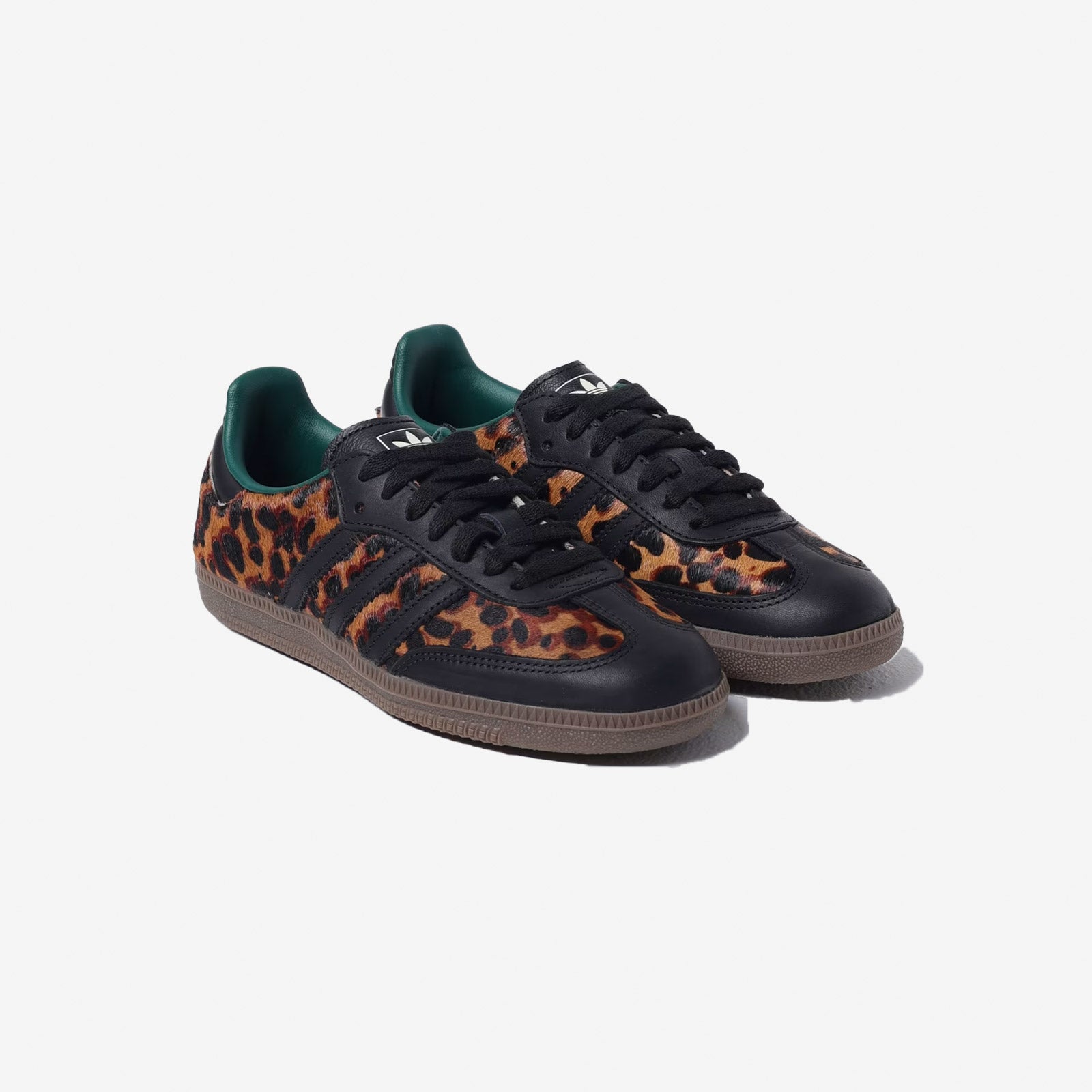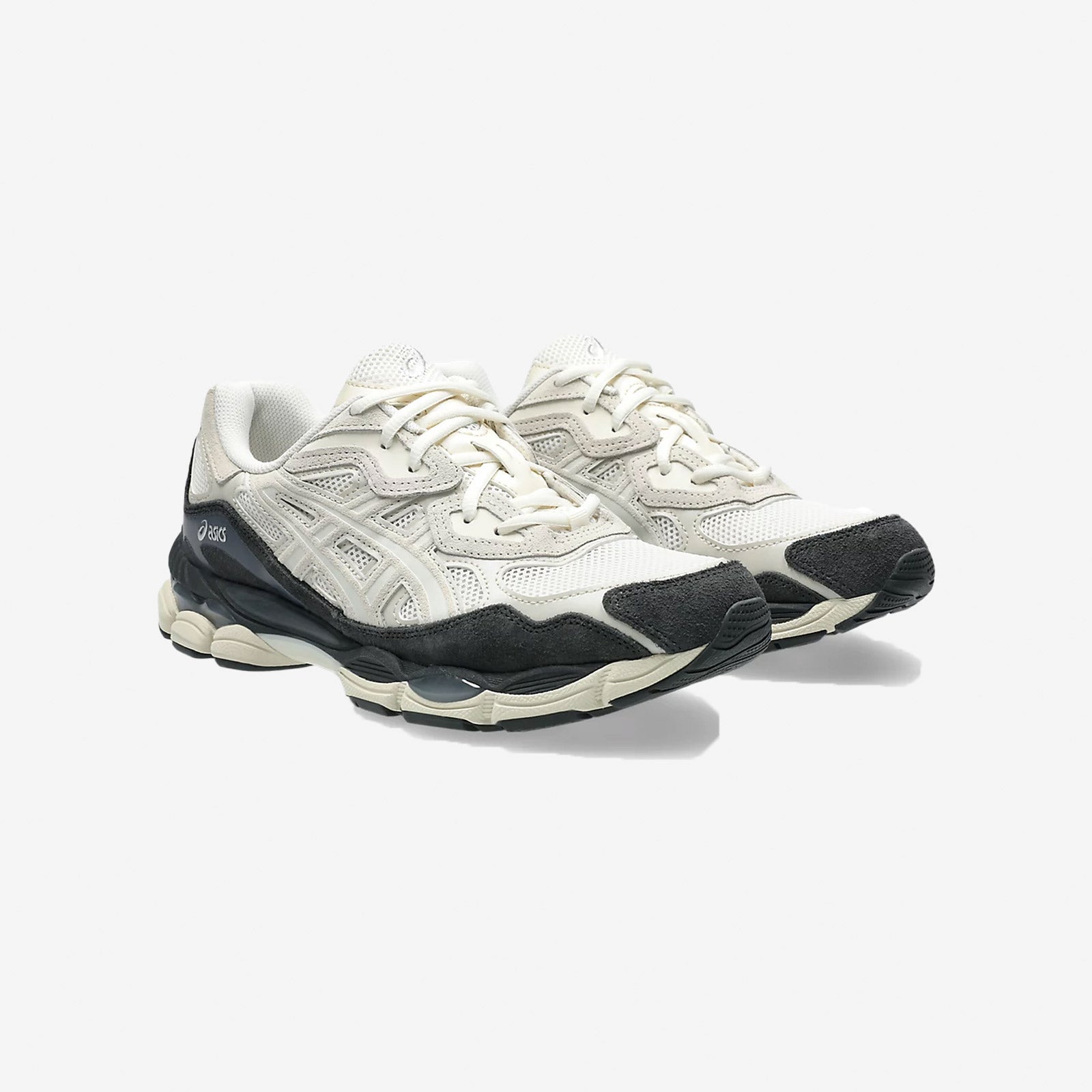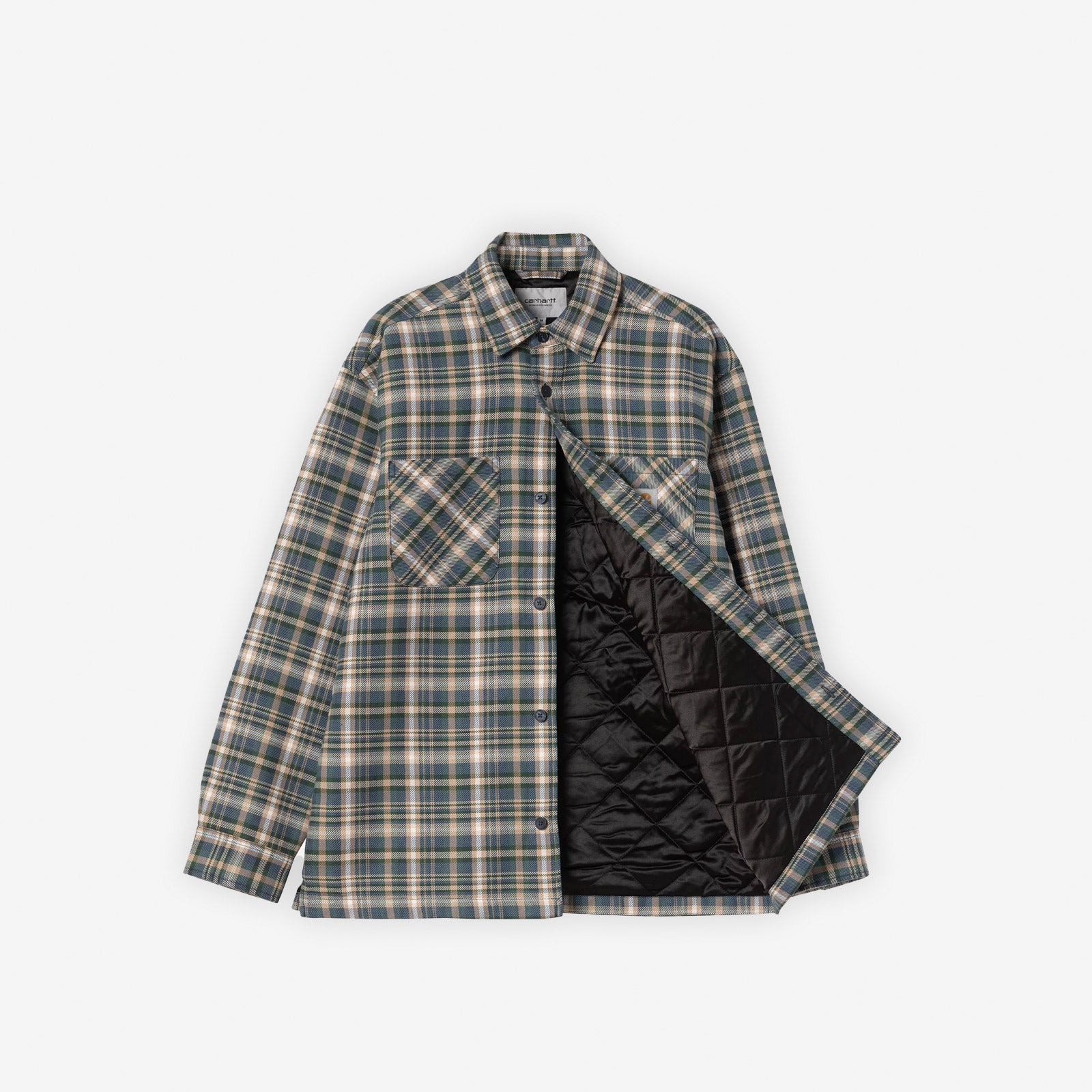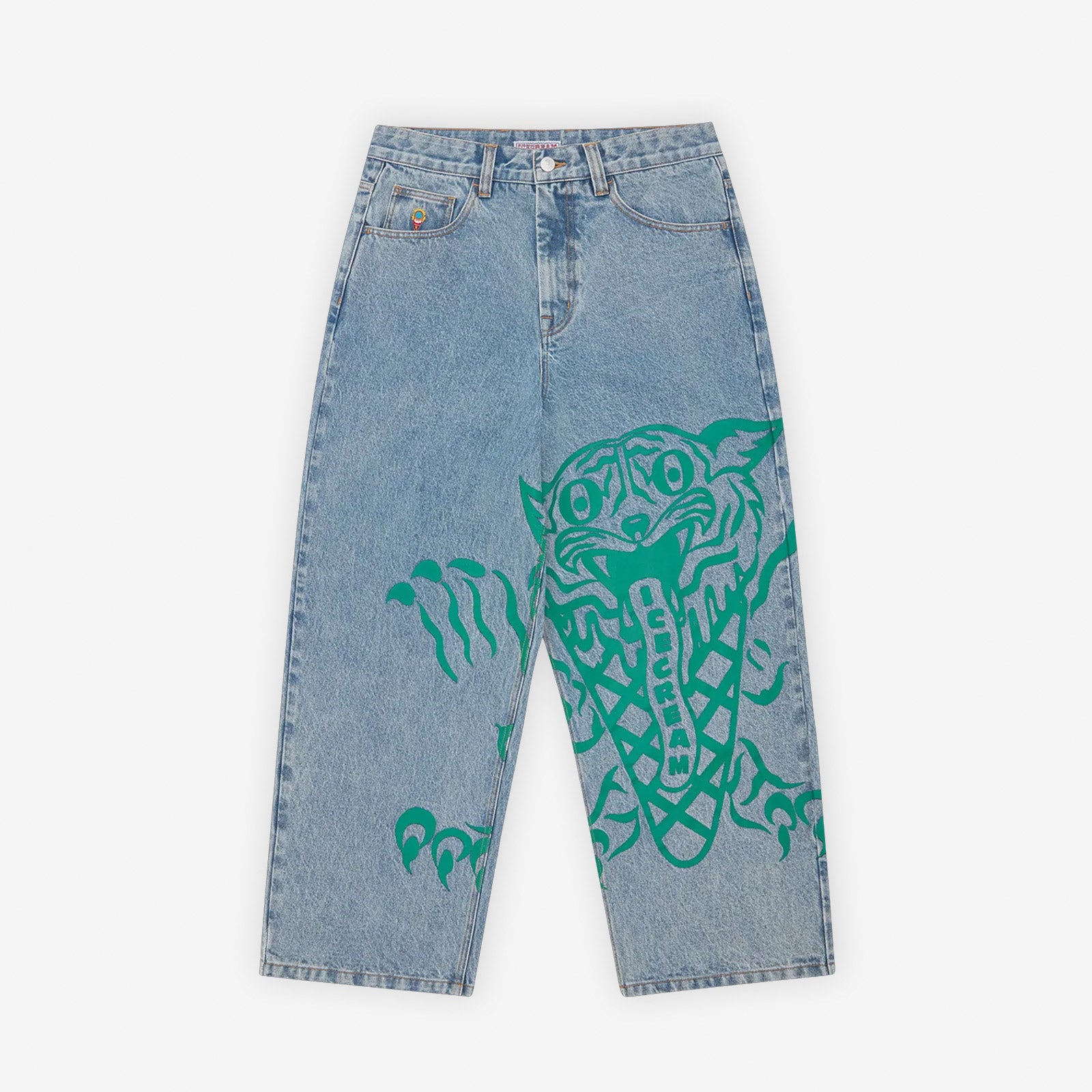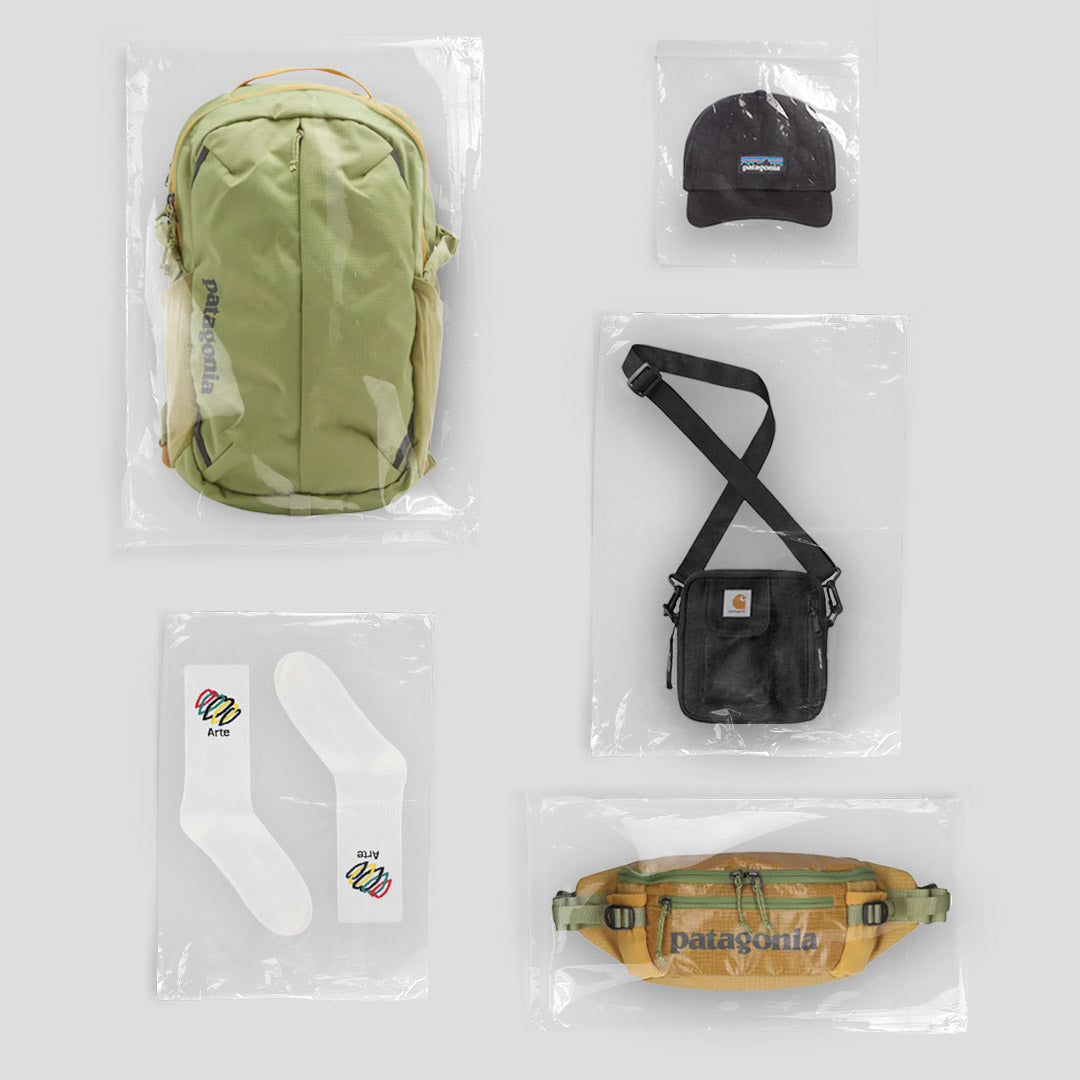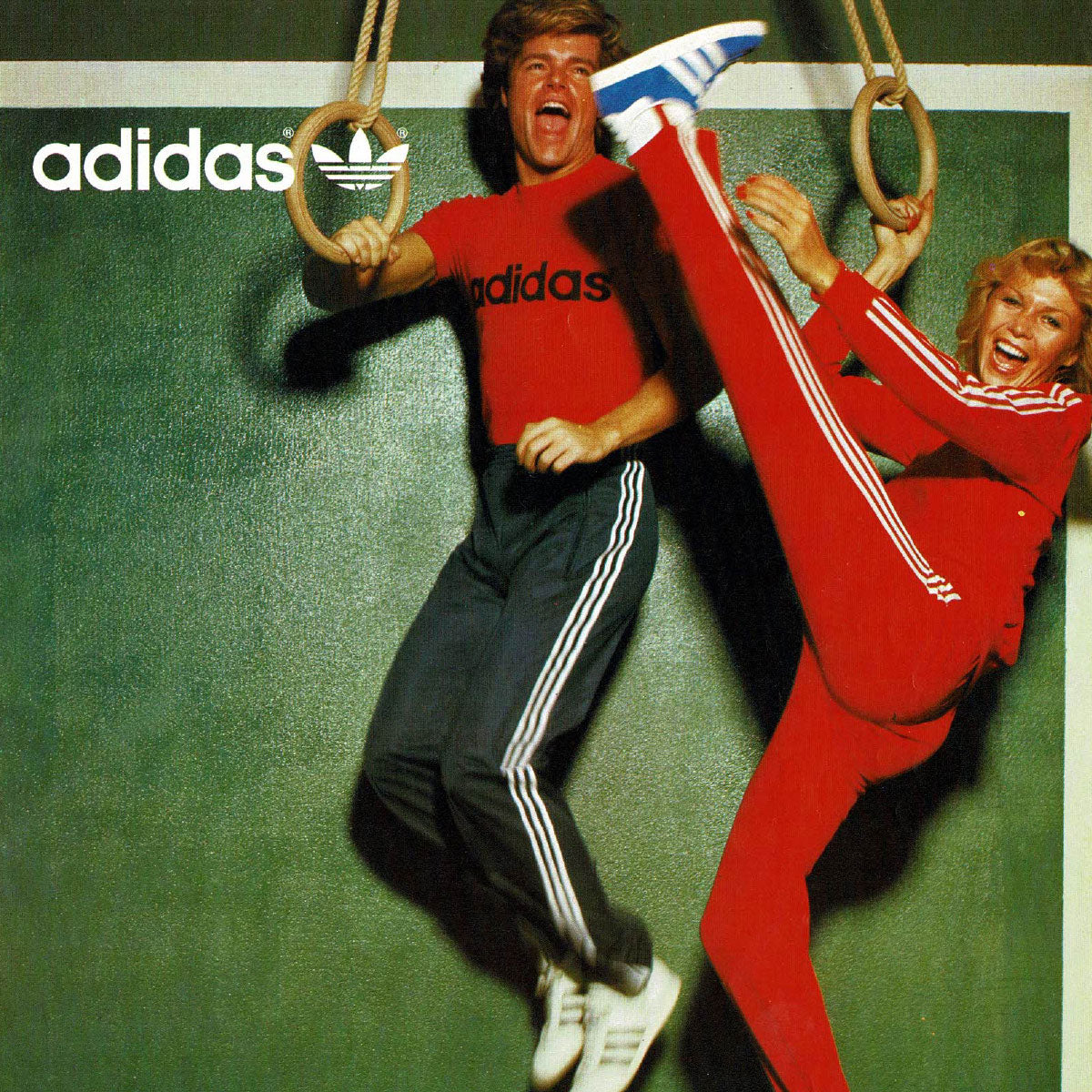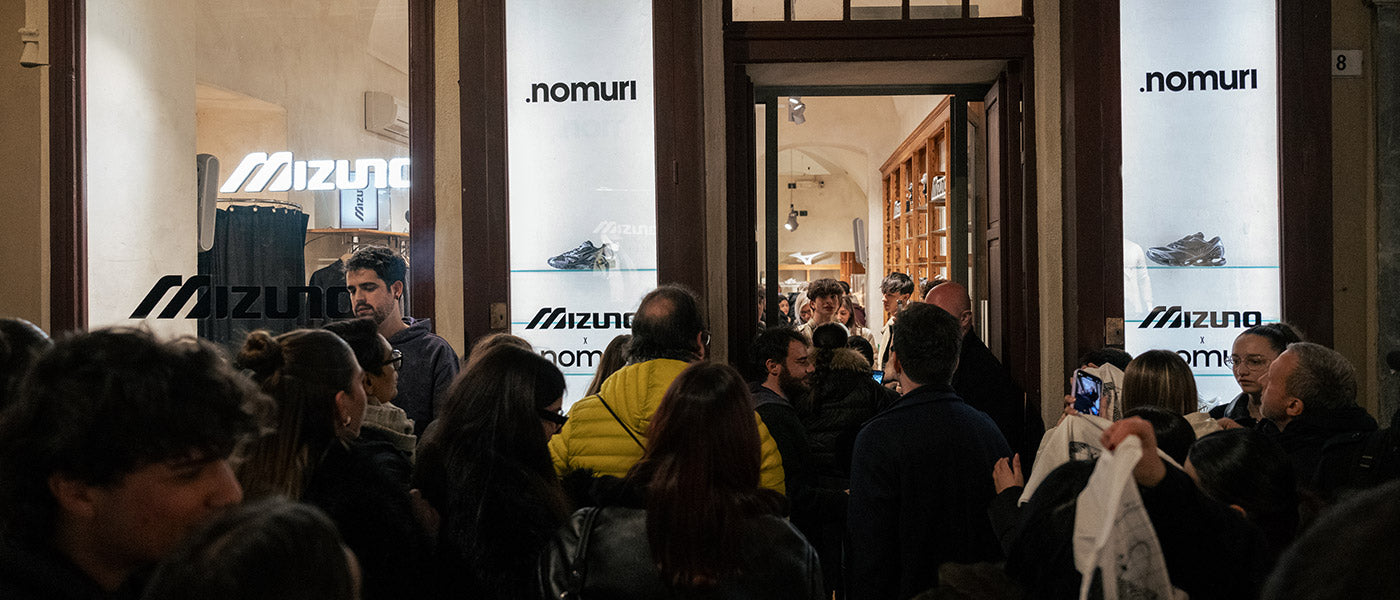Article: The Quiet Streetwear Pioneers of Italy’ with Nomuri | Madonnina Culture
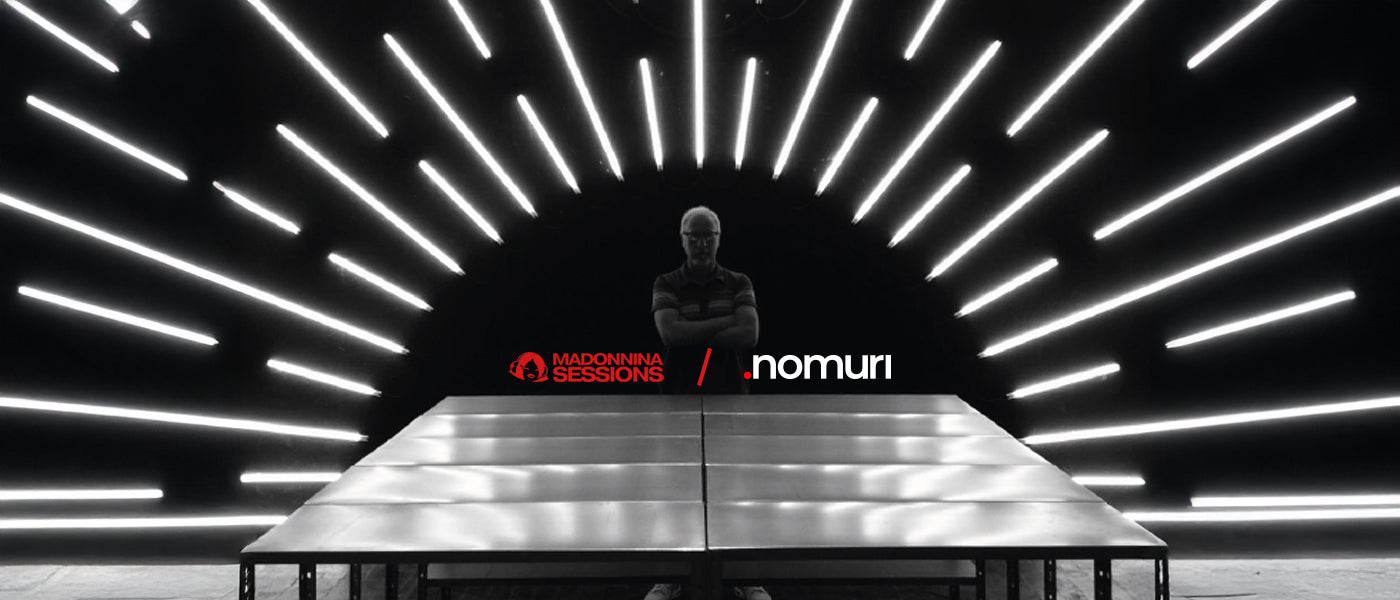
The Quiet Streetwear Pioneers of Italy’ with Nomuri | Madonnina Culture
Tucked in a cozy yet stylish street in Sanremo, Italy, just meters away from what many consider the Mecca of Italian music - the Ariston Theater, exists a family-run shop that’s been quietly pioneering streetwear in Italy since 1977. ‘Nomuri’ has a history of anticipating trends, from a shop that is not only a boutique but also an archival museum for sneakerheads and overall streetwear fans. In between packing orders and curating their next collection, we sat down with Nomuri’s founder Luigi Grottini and his son Gianluca to learn more about the shop’s history and their vision on the world of fashion, music and streetwear culture in general.

Nomuri has a rich history, starting as All Sport in 1977 and rebranding in 2002 to its current name and style. What was the inspiration behind the original store and what was the purpose behind the rebrand to Nomuri?
Luigi:"The inspiration definitely came from the sports I followed as a child when we opened the store. I was 22 years old and played basketball, and I was really into all American-inspired sports. There was a major difficulty in finding products, even when I played, because there simply weren’t any available. We thought about opening a store to provide for our friends and future customers. We didn’t realize that we were probably 15–20 years ahead of the market at the time because certain things just didn’t exist yet. Our first store window display featured Converse All Stars in canvas in all colors and NBA t-shirts, which very few people understood. In 2002, we decided to rebrand as Nomuri, a name with a Japanese sound that means ‘No walls’ in Italian, reflecting our new minimalist and lifestyle-oriented direction."

Your journey from importing original NBA, NFL, and MLB products to embracing streetwear and fashion is fascinating. What prompted this evolution, and how has it shaped your relationship with customers?
Gianluca: "We’ve always done things with a kind of intuition. There wasn’t a specific demand from customers, but we were the ones proposing new directions. Fortunately, over time, we were proven right. Starting in 1999, sports products radically changed direction, and we began looking for alternatives that reflected our tastes and those of our customers. That’s how we approached brands like Carhartt, which were not widely distributed in Italy. When we started bringing in streetwear products, we noticed that our customers really appreciated these innovations, leading to a strong bond of trust and anticipation for what we would bring to the store."

Today, you have one of the most extensive archives of sneakers, clothes and memorabilia in the country. Can you show us some of your favorite pieces? Maybe something that was misunderstood at first but experienced success later on.
Luigi: "We have an incredible collection of rare and historic pieces. For example, there are shoes and collaborations that weren’t understood 15 years ago but are now highly sought after. One sneaker I remember well was a pair of Air Force 1 and Air Jordan, and they are now considered a must-have for collectors. Our archives don’t just contain products but also more than 1.000 catalogs and magazines that tell the history of sneaker and streetwear culture since the 60's. We realize that many of these things had been forgotten, but now they are resurfacing with new value."
Nomuri offers a curated selection from brands like Adidas Originals, Asics, Mizuno, Carhartt WIP, Ice Cream and its own label. What drives your selection process, and how do you decide which brands align with Nomuri's identity?
Gianluca: "Our selection process is guided by intuition and sensitivity to contemporary culture. We always ask, 'What does this brand communicate?' and 'How does it align with our values?'. With the evolution of social media, we’ve been able to observe how brands communicate with their audience, and that plays a crucial role. We look for brands that offer quality and accessible products, avoiding those with ridiculous prices that don’t reflect real value. We also have to consider the aesthetics and mood of each collection, offering something fresh rather than just a copy of already established trends."

Brands like Mizuno and Asics, with their Japanese heritage, are part of your offerings. Are there specific Japanese fashion designers or brands that have personally influenced your style and the aesthetic of Nomuri?
Luigi: “We have been influenced by the way Japan interprets streetwear. Nigo, the founder of A Bathing Ape, has been a major influence in the streetwear world for us, also thanks to his collaborations with Pharrell on brands like B.B.C. and Ice Cream. These brands not only brought a unique aesthetic but also knew how to tell stories through their products. Japanese culture has a strong impact on us and our selection, especially in terms of quality and design. The fusion between Japanese tradition and modernity is something we try to reflect in our assortment."
Gianluca:"Yes, and I would add that designers like Jun Takahashi of Undercover and Rei Kawakubo of Comme des Garçons paved the way for an aesthetic that challenges conventions. Their innovative approaches inspire us to seek products that are not just functional but also tell a story."
Do you have a favorite piece from a Japanese brand in your archives?
Gianluca: "Clearly, we have hundreds of pieces, but one that comes to mind is an Evisu jacket we’ve kept for years. It was a piece that initially didn’t get much attention, but now it’s highly sought after, especially among collectors. The quality of the materials and the unique design make it a timeless classic."
Collaborations play a significant role in your offerings. What are some of your most memorable collaborations throughout the years?
Luigi: "One of the most memorable moments was when we collaborated with emerging artists and designers. For example, we had the opportunity to work with Guido Genico, who has extensive experience in the industry. Each collaboration allowed us to explore new territories and present unique products that can’t be found elsewhere. The synergy between our visions led to extraordinary results and made our store a reference point for enthusiasts."
Gianluca: "Indeed, every collaboration has its own unique story. I remember a collaboration with a local artist who created exclusive graphics for us. The creative energy that comes from these synergies is something special and allows us to stay fresh and relevant in the market."

Music and fashion often intersect and directly influence each other. Are there particular music genres or artists that inspire the aesthetic and curation of products at Nomuri? What are your favorite albums/songs/artists?
Luigi: "Music has always played a central role in my life. My favorite artists include classics like Simon and Garfunkel, Neil Young but I’m also deeply connected to rap and hip-hop. Music is a constant source of inspiration for me, and I embrace genres ranging from jazz to rock, without forgetting the hip-hop culture of the ‘90s. Albums like The Chronic by Dr. Dre and Illmatic by Nas had a profound impact on me and my vision of fashion."
Gianluca: "Growing up with VHS tapes my father brought me from the United States, I’ve always had a strong connection between music and fashion. Hip-hop artists from the ‘90s, like Rakim and later Club Dogo on the local scene, greatly influenced our style and aesthetics. Albums like Ville d'oro by Club Dogo represent a fundamental era and continue to inspire us today, both in product selection and in the store's atmosphere. For me, music has always been a major source of inspiration, and listening to artists like Fat Joe was a big part of my growth."

Your store is located in one of Sanremo's oldest libraries, preserving its original furnishings. How long have you been in this space and why did you decide to leave it untouched?
Luigi: "The bookstore has been open since 1855, and we chose this space precisely for its authenticity. We wanted a place with history and soul, and this location perfectly reflects who we are. Our goal was to restore the original furniture and integrate our selection without altering the essence of the place. Customers, especially international ones, really appreciate this aspect and often tell us how special it is to shop in such a historically rich environment."

Spazionomuri has become a notable event among collectors. Could you share the inspiration behind its inception and how it has evolved over time?
Gianluca:"The idea of Spazionomuri was born from our passion for sneaker culture and the desire to share our collection with a wider audience. We have an extensive collection of sneakers, clothing but also catalogues dating back to the early 60s. We noticed a strong interest, especially among younger people, for these items. The event started as a small gathering of industry enthusiasts on an invite-only basis and has been going on for two years. However, we are planning to scale the event further this year and open it to the public. We want to create an exposition showing the intersection of fashion, music and films from the 60s to present days."
Looking ahead, what are your aspirations for Nomuri, and how do you envision the store evolving in the coming years?
Luigi:"I believe we need to start doing things on our own again, meaning we need to go back to creating our own lines. We have the culture and skills to do it, and we want to evolve in that direction. We think the future of the store should be less focused on mere selling and more on being a cultural hub. We want to continue supporting local artists and hosting events that bring the community together around fashion, music, and art."
Gianluca:"Additionally, we want to create spaces that encourage interaction between people, where fashion and art intertwine. This will not only enrich our offerings but also create an environment where customers feel like they’re part of a broader cultural experience."
Written by Madonnina Session

